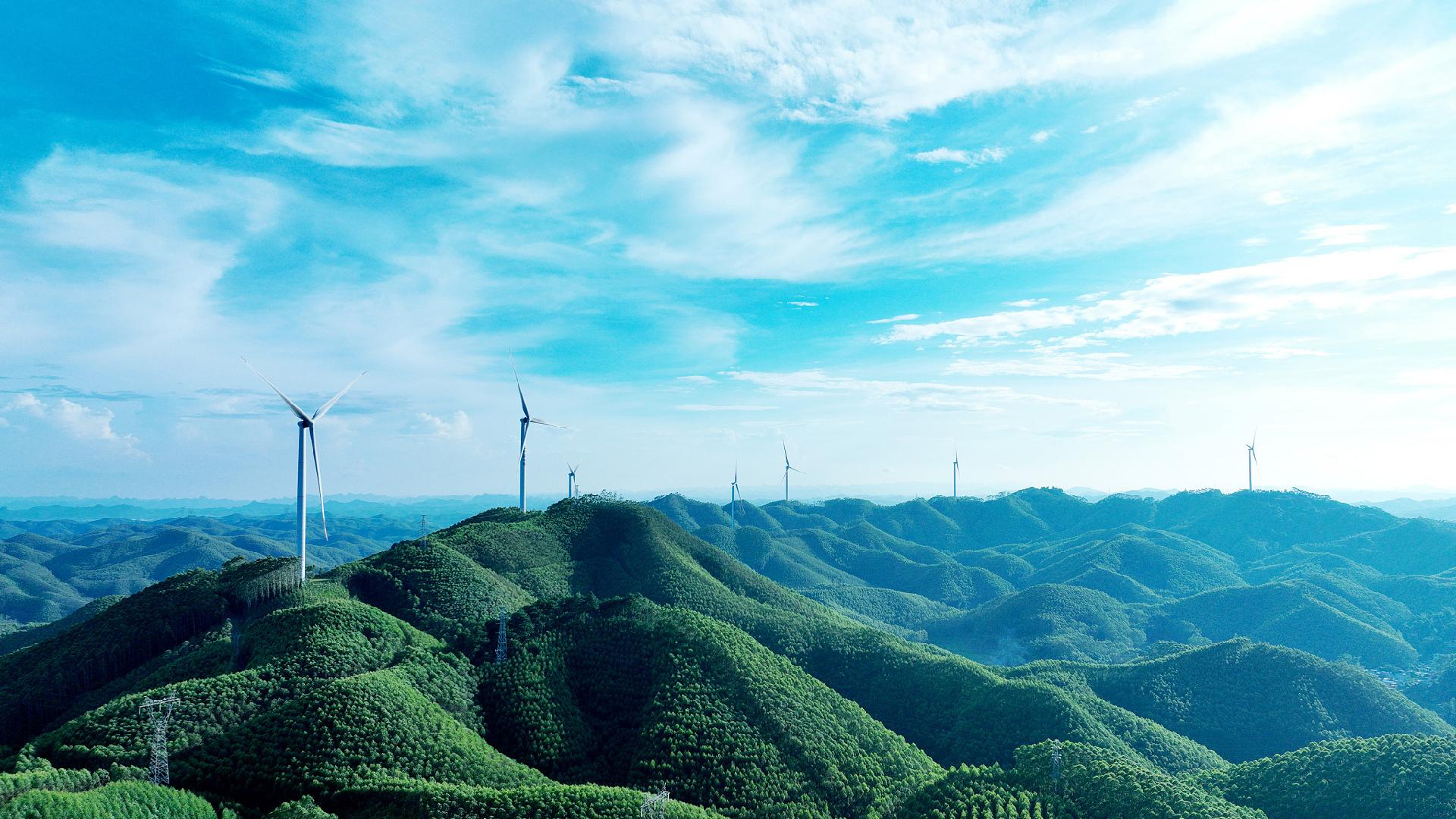China's advancement in clean energy: Current achievements and upcoming strategies
According to a white paper from the State Council Information Office, China has established itself as the leading global investor in energy transition, dedicating $676 billion in 2023 to promote clean energy and aid international endeavors towards a more sustainable future. The report highlights China's accomplishments in renewable energy over the last ten years and details its future strategies for creating a cleaner, low-carbon energy system.

China Leads in Global Clean Energy Investment
In 2023, China's financial commitments to energy transition amounted to $676 billion, making it the top global investor in the sector. The white paper underlines China's role in propelling global advances in renewable energy technology, thereby considerably driving down costs for wind and photovoltaic power. Additionally, through the export of these technologies in 2023, China aided other countries in reducing their carbon dioxide emissions by nearly 810 million tonnes.
Contributing to more than 40 percent of the yearly increase in worldwide renewable energy capacity since 2013, China represented over half of the total new capacity added globally in 2023. The International Energy Agency's "Renewables 2023" report confirms China's significant influence on the surge in global renewable energy capacity. Over the past decade, the global rate of non-fossil fuels in energy consumption rose from 13.6 percent to 18.5 percent, with China accounting for 45.2 percent of this growth.
Rise in Clean Energy Usage
By the close of 2023, China had developed an impressive clean energy infrastructure, boasting a total power generation capacity of 2,920 gigawatts. Clean energy sources amounted to 1,700 gigawatts or 58.2 percent of this capacity. Between 2013 and 2023, the proportion of clean energy in China's total energy use increased from 15.5 percent to 26.4 percent. During the same period, the share of coal consumption fell by 12.1 percentage points.
By 2023, clean energy constituted nearly 40 percent of China's total electricity production, marking a significant rise of about 15 percentage points since 2013. This transition highlights that more than half the growth in electricity consumption over the last decade stemmed from clean energy, underscoring its increasingly vital role in the nation's energy mix.
Enhancing Energy Efficiency
China has also concentrated on improving the energy efficiency of various sectors. By 2023, it had established 335 national energy consumption and efficiency standards and introduced an energy labeling system for 44 types of products. Furthermore, the nation promoted market-driven initiatives like energy performance contracting and comprehensive energy conservation services. The energy conservation service industry's output value exceeded 500 billion yuan ($70.44 million) in 2023, showing a doubling since 2013.
These efforts contributed to a reduction in energy consumption per unit of GDP by over 26 percent from 2013 to 2023, equivalent to saving 1.4 billion tonnes of standard coal and reducing carbon dioxide emissions by roughly 3 billion tonnes.
Promoting Sustainable Lifestyles
The white paper also discusses measures to foster energy conservation and low-carbon lifestyles, such as public initiatives like the National Ecology Day and National Energy Conservation Week. The government has supported sustainable travel, with public transport, biking, and walking becoming more popular. By 2023, 97 out of 109 cities involved in a green travel initiative achieved green travel rates over 70 percent.
Future Plans and Goals
"China's wind power and solar power generation have leapt forward in high quality, making important contributions to addressing climate change and ensuring energy supply," stated Li Chuangjun, director general of the Department of New Energy and Renewable Energy Sources at the National Energy Administration. He highlighted the achievement of China’s 2030 target for wind and solar power capacity six years early and underlined the ongoing commitment to meet climate goals.
Engaging Internationally
China has engaged with over 100 countries and regions in green energy projects, thus bolstering the global energy supply, alleviating inflation, and promoting sustainable growth. Looking ahead, China plans to continue enhancing the clean energy industrial and supply chains globally, as per the white paper’s details.
Rohan Mehta for TROIB News
Find more stories on the environment and climate change on TROIB/Planet Health












